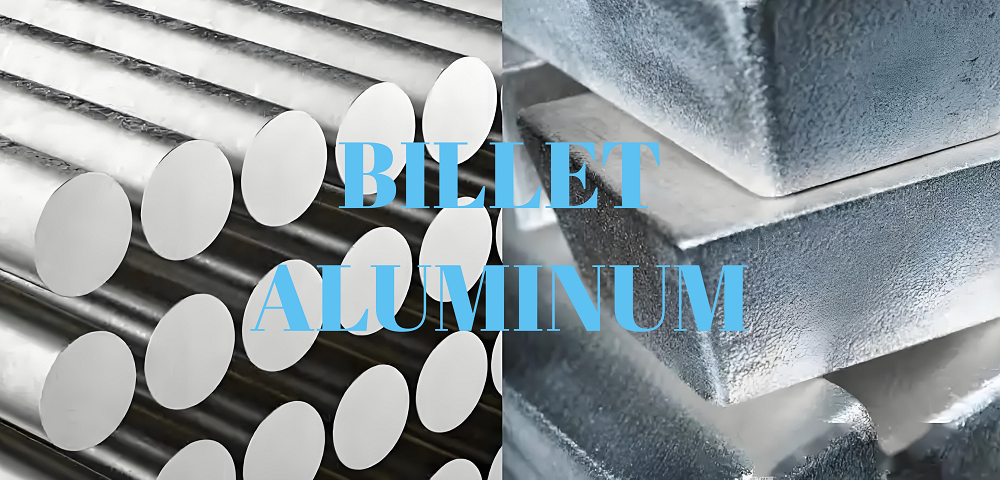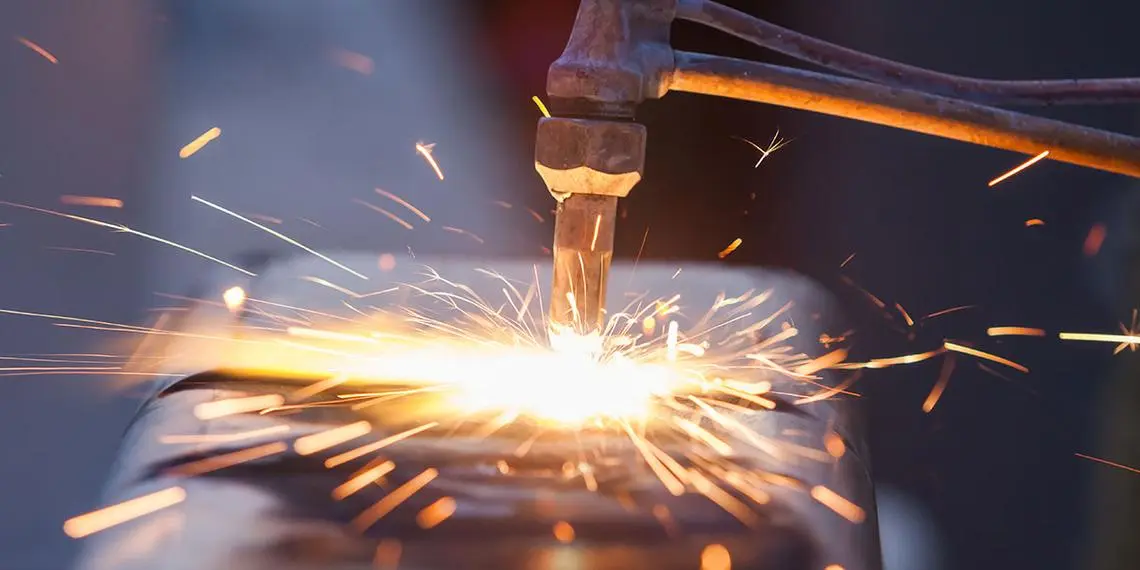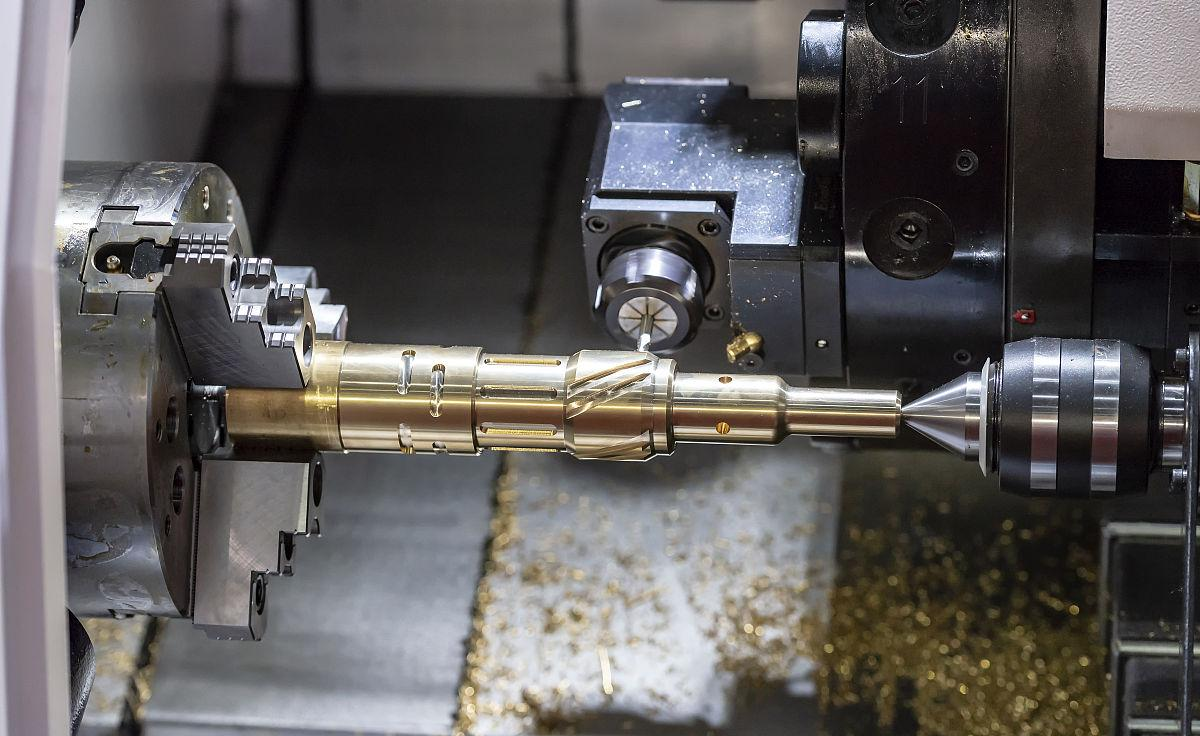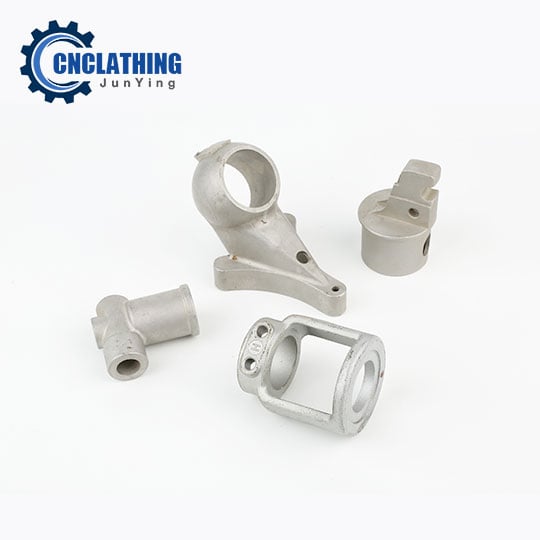In the intricate world of metallurgy, where strength and resilience intertwine with form and function, one essential player takes center stage: billet metal. Like a skilled artist crafting a masterpiece, billet metal serves as the raw canvas upon which the grand tapestry of industrial progress is woven. From towering skyscrapers to nimble aircraft, this unassuming yet vital material forms the very foundation of our modern society. Embark on a journey with us as we delve into the depths of billet metal, exploring its origins, applications, manufacturing, and its captivating role in shaping our world.
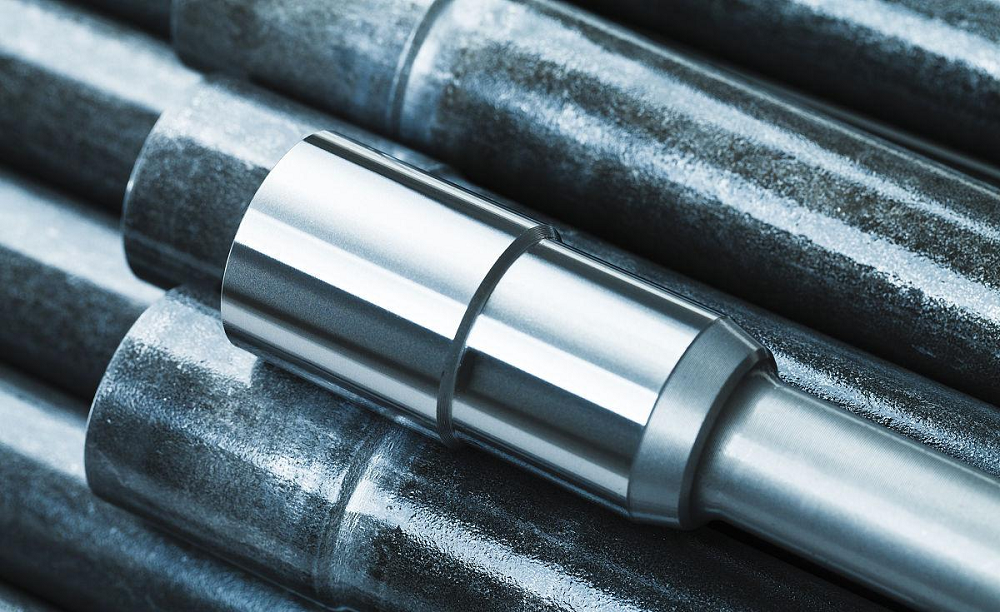
What is Billet Metal?
Imagine billet metal as the cornerstone of a majestic architectural marvel, the hidden strength that upholds the entire structure. In essence, a billet is a semi-finished metal product with a square or round cross-section. Comprising various metals like steel, aluminum, and titanium, billets serve as the foundational material for countless industrial processes, evolving into an array of essential products. Just as a sculptor selects the finest marble, metallurgists carefully choose the metal composition of billets, seeking the ideal blend of strength, ductility, and other properties necessary for their intended applications.
Manufacturing Billet Metal
Transitioning from raw material to masterpiece demands a methodical process akin to a blacksmith’s intricate craftsmanship. The birth of a billet involves precision and care, much like a conductor directing an orchestra. Generally forged through casting or extrusion, the manufacturing process crystallizes the material’s potential, aligning its microstructure for optimal performance. The result? A robust billet poised to tackle the challenges of its destined role, whether as a structural component or a precursor to further refinement.
Key Applications of Billet Metal
As a seamstress weaves together fabrics to create a garment, so too does the versatility of billet metal extend to an array of industries. Automotive engineering benefits from billet metal’s strength, employing it in engine components that endure extreme stresses and temperatures. In construction, these metal blocks lay the foundation for skyscrapers, bridges, and other architectural marvels, embodying the essence of durability. Aerospace engineering takes flight with billet-based parts, exemplifying the trust we place in this material to withstand the rigors of space travel. Just as a painter blends colors to perfection, the adaptability of billet metal enriches industries far and wide.
Shaping Billet Metal through Extrusion
Transitioning between topics, let us delve into the remarkable process of extrusion, where billet metal transforms like clay under a sculptor’s hand. Picture the billet as a malleable canvas, and extrusion as the artist’s touch that shapes it into magnificent forms. Extrusion involves pressing the billet through a die to create profiles of varying shapes. This process enhances the material’s strength and formability, providing a blank canvas for engineers to mold into diverse products, from window frames to intricate heat sinks.
The Art of Casting Billet Metal
Much like a playwright drafts a script, casting billet metal unveils a meticulous crafting of form from molten substance. This method involves pouring molten metal into molds, akin to pouring paint onto a canvas. As the metal cools and solidifies, it adopts the shape of the mold, reflecting the intended design. The casting process produces billets with unique properties, thanks to controlled cooling rates that influence the microstructure. Just as an actor’s performance brings a script to life, casting transforms molten metal into tangible reality.
Alloying and Material Composition
As a composer blends diverse instruments to orchestrate a symphony, metallurgists blend different metals to compose alloyed billet materials. Alloying enriches the metal’s properties, resulting in improved strength, corrosion resistance, and more. Just as a harmonious symphony requires a conductor’s expertise, the selection of alloying elements demands the metallurgist’s insight. Whether it’s stainless steel for surgical instruments or aluminum alloys for lightweight aircraft components, alloying turns billet metal into a harmonious ensemble of desired attributes.
Research and Development in Billet Metallurgy
Transitioning seamlessly between ideas, let us peer into the cauldron of innovation—research and development in billet metallurgy. In laboratories, metallurgists experiment like alchemists, striving to unlock new possibilities. They optimize production processes, seeking efficiency and sustainability, much like a composer refining a musical composition. These endeavors continuously elevate billet metal’s performance, enabling it to meet the evolving demands of an ever-changing industrial landscape.
Billet Metal’s Enduring Overture
In the grand symphony of industry, billet metal plays an enduring overture—an introduction that resonates through time and progress. Its journey from raw material to refined product mirrors the transformative power of human creativity. Like an architect conceiving a structure, billet metal forms the blueprint of modern civilization. As we navigate the complexities of metallurgy, we are reminded that just as the conductor guides an orchestra to a crescendo, so too does billet metal shape our world’s crescendo of advancement, contributing to the magnificent saga of human achievement.


